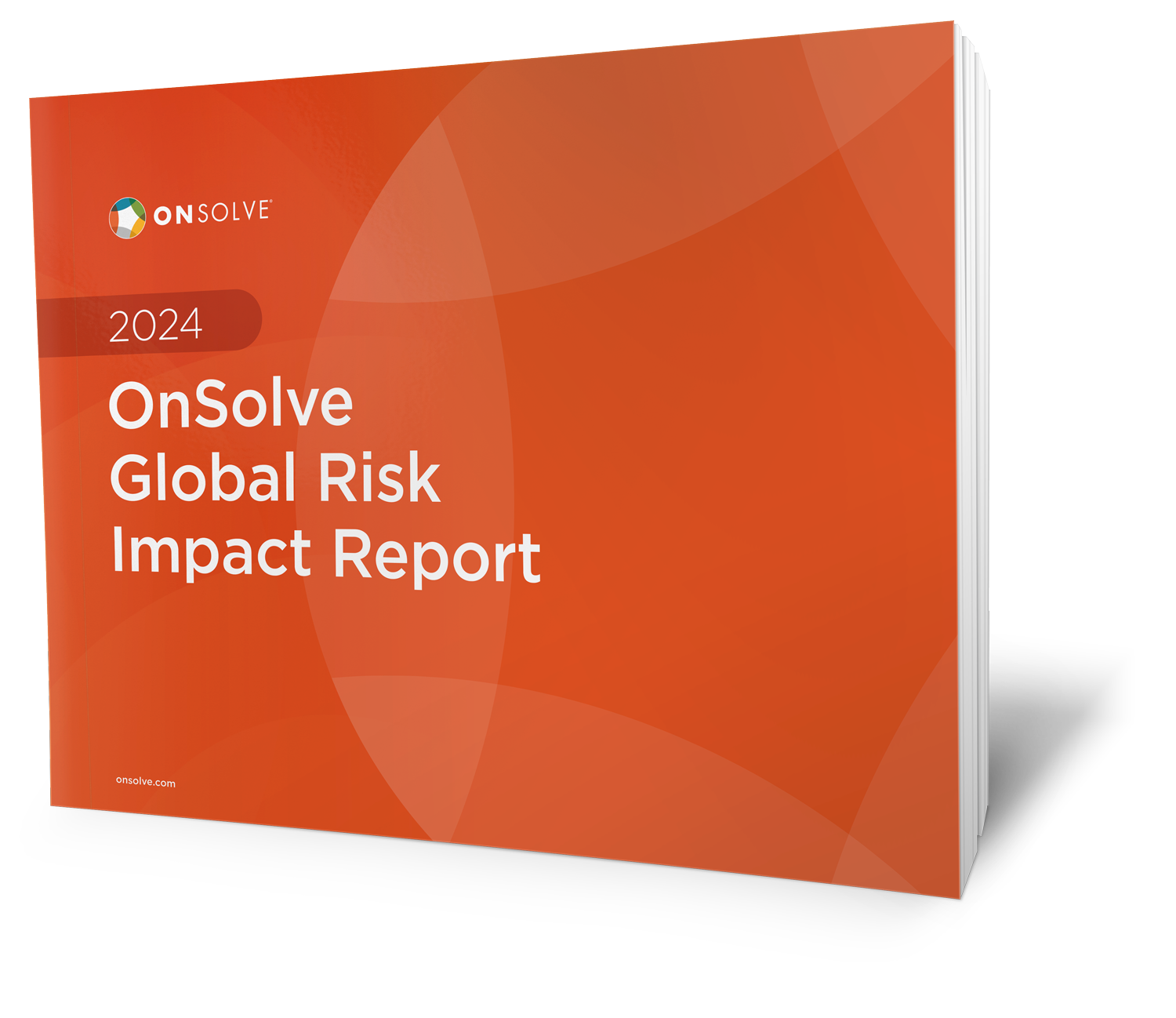The COVID-19 vaccine rollout has been marked by confusion, misinformation and vaccine shortages. That has led to people stranded in line for hours waiting for a vaccine or showing up at a location and not getting vaccinated, creating anger and frustration.
Many of the challenges associated with the vaccine rollout aren’t due to politics as much as they are to problems with logistics and communications. Companies and government agencies must get hundreds of millions of doses from manufacturing plants into people’s arms. To accomplish this, they have to keep the lines of communication open and active so people are informed about how to get fully vaccinated and where they are in the process.
Achieving a return to normal is a daunting task. Experts like Dr. Anthony Fauci, director of the National Institute of Allergy and Infectious Diseases, say 85% of Americans – or 240 million people – must be vaccinated for the US to reach herd immunity.
“There is light at the end of the tunnel,” Dr. Fauci said. “We will begin to approach some degree of normality as we get into the late fall of this year. … But we've got to keep our eye on it and our pressure on it. Otherwise, it could slip away.”
Success will require innovative solutions, since an operation this large and this complex can’t be handled manually. Artificial intelligence and critical communication systems can help officials manage the process more effectively. At OnSolve, we believe successful rollouts will share three characteristics: proactive messaging, two-way communication and early warning of risk.
1. Communicate early and often.
Keeping everyone in the community informed about your vaccine rollout is crucial for eliminating confusion and misinformation. Residents need to understand what the process is, where they can find information, and how to register for a vaccine. Every successful rollout starts with proactive communication.
However, one obstacle is that many government agencies don’t have up-to-date contact information for every resident. The inability to reach people is a core reason for confusion and building a database with this information should be the first priority. Once this is in place, a critical event management platform will make it easy for citizens to keep their own information current, including how they prefer to receive messages, whether it’s via email, SMS or phone. Officials can use the platform to deliver timely alerts to the right people, devices and channels.
Proactive communication also helps to dispel misinformation concerning the safety of vaccination. Only 49% of Americans are certain or likely to get a vaccine, according to a poll conducted by the Centers for Disease Control. Young adults, women, Black Americans and adults living in non-metropolitan areas were the most likely to report a lack of intent to get the vaccine. With a critical communications system, officials can deliver specific messages to each group that address their unique concerns.
2. Maintain a feedback loop.
Keeping people apprised of developments is critical, but gathering feedback is equally important. Residents have questions, and they need a way to ask them and get answers. Two-way communication creates a more dynamic and democratic environment and thus is more likely to inspire individuals to take action.
For instance, the early phase of the rollout created challenges for clearly communicating who is eligible for the vaccine. The Centers for Disease Control established guidelines, but those guidelines have been interpreted in different ways at different levels of government. That has led to frustration and at times, vaccines being wasted.
Two-way communication is another valuable tool for eliminating such confusion. When communication flows in both directions, confidence levels rise. For instance, critical communications that enables a feedback loop is vital for ensuring people come back for their second dose. The easier it is to confirm an appointment, the more likely citizens will be to show up. Likewise, polling features provide a simple way to understand who’s getting the vaccine and who’s opting out. Officials can also offer and track responses to incentives, gather feedback about pre- and post-appointment check-ins, and collect data about side effects.
3. Avoid risks.
Even the best-laid plans can go awry. What happens when an ice storm cancels a planned vaccination event – as it did in many parts of the US in mid-February? Communities can face severe weather, supply chain disruptions or social unrest. Although officials need to stay ahead of problems, it’s humanly impossible for them to monitor thousands of sources and find relevant risks in time.
AI-powered risk intelligence can help you mitigate adverse events that may strain local resources and impact vaccine distribution. By monitoring massive amounts of data and filtering out the noise, this capability can pinpoint and alert officials to critical events that present a risk. Actionable intelligence makes it possible for organizations to pivot early to reschedule vaccine events or move them to another location.
Further, when critical communications and risk intelligence are integrated, agencies can get the word out faster. Already, more than 200 communities have used OnSolve CodeRED to communicate with citizens and first responders on vaccine availability and immunization logistics. They’ve also sent more than 640,000 messages related to vaccine deployment.
Getting back to normal is everyone’s top priority, and vaccines are the key to reaching that goal. But to make every vaccine rollout as successful as it can be, organizations and agencies will need to focus on these three characteristics. Having the right critical event management platform in place will ensure they can keep residents and employees informed and involved until everyone is vaccinated.

